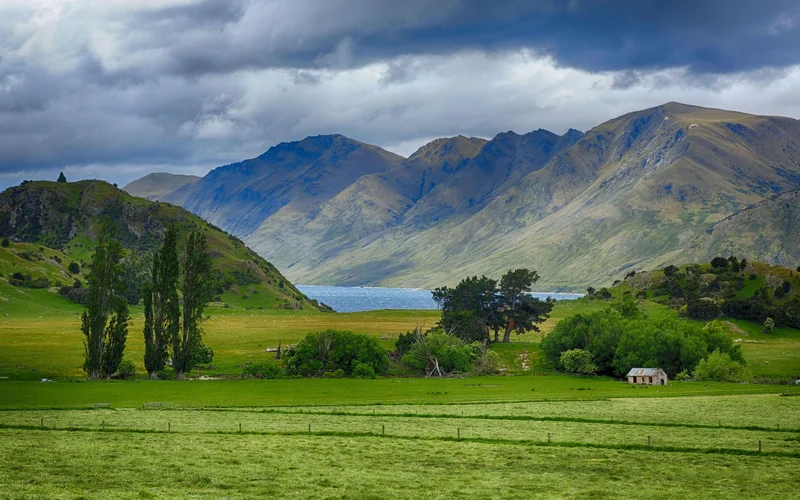New Zealand: Euthanized Lions and Expat Exodus
Lions Euthanized, Sanctuary Sold: A Grim Equation in New Zealand
The Kamo Wildlife Sanctuary in New Zealand, once famous for its appearance on "The Lion Man," has euthanized two of its seven lions, with the remaining five facing an uncertain future. The park, grappling with financial woes, closed its doors and is now up for sale. The initial plan was to euthanize all the lions due to the sanctuary's closure, a decision driven by the owner, Bolton Equities.
Janette Vallance, the sanctuary's operator, cited a lack of viable options. Maintaining the facility as a lion park would require both purchasing the land and a "significant capital investment." Relocating the lions, aged 18 to 21, was deemed inhumane due to their age and complex needs. Two lions, Imvula and Sibili, were euthanized due to untreatable health conditions.
The sanctuary's announcement triggered public outcry, with messages pleading for a reprieve for the remaining lions flooding social media. Vallance also reported receiving "threatening and abusive comments" amidst the expressions of support. Bolton Equities declined to comment, leaving the specifics of their financial difficulties opaque. The Ministry for Primary Industries (MPI) stated the euthanasia decision rested with the owners, and they would ensure the process adhered to animal welfare laws.
The Cost of Conservation: A Balance Sheet
The core issue isn't just animal welfare; it's the cold, hard economics of wildlife sanctuaries. Vallance said that relocating the lions wasn't a viable option. But what is the actual cost of relocating and caring for elderly lions? Sanctuaries often operate on razor-thin margins, relying on tourism, donations, and grants. When these revenue streams dry up, the animals become liabilities, not assets.
The sanctuary's history reveals a pattern of financial instability. A handler's death in 2009, followed by repeated financial troubles, ownership changes, and a closure in 2014 due to enclosure issues, paint a picture of chronic mismanagement. The park went into liquidation in 2023. It's a story we see repeated globally: well-intentioned ventures collapsing under the weight of operational costs and unforeseen events. The claim of "no real options left" needs scrutiny. What specific relocation costs were quoted? What were the potential revenue projections under new ownership? These numbers remain elusive, obscured by emotional appeals.

And this is the part of the equation I find genuinely disturbing. We're presented with a binary choice – euthanasia or continued existence in a struggling facility – without a transparent accounting of alternatives.
New Zealand's Exodus: A Symptom of a Larger Problem?
The sanctuary's plight coincides with a broader trend: a significant outflow of New Zealand citizens, primarily to Australia, driven by economic factors. Provisional data indicates 73,900 New Zealanders departed in the year to August 2025, exceeding previous records. As record numbers leave New Zealand, why are most people choosing Australia? A net migration loss of 30,000 people to Australia occurred in 2024 alone.
Australia offers higher average weekly incomes and work/residency rights for New Zealand citizens. The wage gap is significant: Australia's GDP per capita is approximately $64,400, compared to New Zealand's $48,000 (according to World Bank data). Stories abound of New Zealanders doubling their income by moving to Australia.
Could this economic exodus indirectly impact wildlife sanctuaries? A shrinking tax base and a decline in tourism revenue could exacerbate the financial pressures on these facilities. It's a correlation, not necessarily causation, but the timing is suggestive. Are New Zealanders less willing to donate to local causes when they themselves are struggling financially? It's a question worth exploring.
The Price of Paradise
The euthanization of the lions is a tragic outcome, but it's also a symptom of deeper economic realities. Without sustainable funding models and transparent financial management, wildlife sanctuaries risk becoming unsustainable burdens. The narrative of "no other options" requires rigorous examination, backed by verifiable data. Until then, these stories will continue to be, at best, emotional tragedies, and, at worst, financial scandals waiting to happen.
